Matthew Hutson in The New Yorker:
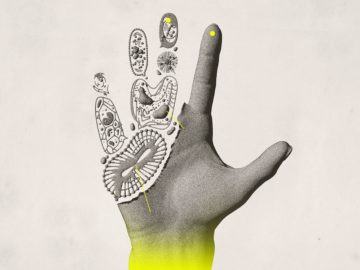 Each year, researchers from around the world gather at Neural Information Processing Systems, an artificial-intelligence conference, to discuss automated translation software, self-driving cars, and abstract mathematical questions. It was odd, therefore, when Michael Levin, a developmental biologist at Tufts University, gave a presentation at the 2018 conference, which was held in Montreal. Fifty-one, with light-green eyes and a dark beard that lend him a mischievous air, Levin studies how bodies grow, heal, and, in some cases, regenerate. He waited onstage while one of Facebook’s A.I. researchers introduced him, to a packed exhibition hall, as a specialist in “computation in the medium of living systems.”
Each year, researchers from around the world gather at Neural Information Processing Systems, an artificial-intelligence conference, to discuss automated translation software, self-driving cars, and abstract mathematical questions. It was odd, therefore, when Michael Levin, a developmental biologist at Tufts University, gave a presentation at the 2018 conference, which was held in Montreal. Fifty-one, with light-green eyes and a dark beard that lend him a mischievous air, Levin studies how bodies grow, heal, and, in some cases, regenerate. He waited onstage while one of Facebook’s A.I. researchers introduced him, to a packed exhibition hall, as a specialist in “computation in the medium of living systems.”
Levin began his talk, and a drawing of a worm appeared on the screen behind him. Some of the most important discoveries of his career hinge on the planarian—a type of flatworm about two centimetres long that, under a microscope, resembles a cartoon of a cross-eyed phallus. Levin is interested in the planarian because, if you cut off its head, it grows a new one; simultaneously, its severed head grows a new tail. Researchers have discovered that no matter how many pieces you cut a planarian into—the record is two hundred and seventy-nine—you will get as many new worms. Somehow, each part knows what’s missing and builds it anew. What Levin showed his audience was something even more striking: a video of a two-headed planarian. He had cut off the worm’s tail, then persuaded the organism to grow a second head in its place. No matter how many times the extra head was cut off, it grew back.
The most astonishing part was that Levin hadn’t touched the planarian’s genome. Instead, he’d changed the electrical signals among the worm’s cells. Levin explained that, by altering this electric patterning, he’d revised the organism’s “memory” of what it was supposed to look like. In essence, he’d reprogrammed the worm’s body—and, if he wanted to, he could switch it back.
More here.

 I remember the first time I ever saw a ghost. I was tiptoeing through the remnants of a burnt-out row house in Washington, D.C., in one of the neighborhoods where, in the 1990s, one could still discern the architectural scars from the urban rebellions meant to avenge the assassination of Dr. Martin Luther King, Jr., thirty years before.
I remember the first time I ever saw a ghost. I was tiptoeing through the remnants of a burnt-out row house in Washington, D.C., in one of the neighborhoods where, in the 1990s, one could still discern the architectural scars from the urban rebellions meant to avenge the assassination of Dr. Martin Luther King, Jr., thirty years before. In September 2019, about halfway between claiming the Palme d’Or at Cannes in May and earning multiple Oscar nominations in January 2020, Bong Joon Ho’s Parasite was briefly upstaged by a movie from the director’s past. His second feature, Memories of Murder (2003), had grappled with South Korea’s most chilling cold case: a spree in which ten women and girls were raped and murdered near Hwaseong, about twenty-six miles south of Seoul. (Song Kang Ho, a star of Parasite, plays one of the police detectives obsessed with nabbing the culprit.) According to a May 2020 CNN story, “About 226,000 people lived in the area, scattered among a number of villages between forested hills and rice paddies,” in a region that previously had reported “no real crime to speak of.” The slaughter began in 1986 and continued for five years. A suspect was jailed for one of the crimes in 1989 and released on parole in 2009; the others, however, went unanswered. The specter of what have been called Korea’s first serial killings profoundly spooked the nation: Police investigated over 20,000 people, some even after the statute of limitations expired in 2006. Over two million “man-days” were devoted to the case—nearly 5,500 years, longer by a millennium than Korea itself has been around. You could think of the investigation as an entire civilization built around a singular depravity.
In September 2019, about halfway between claiming the Palme d’Or at Cannes in May and earning multiple Oscar nominations in January 2020, Bong Joon Ho’s Parasite was briefly upstaged by a movie from the director’s past. His second feature, Memories of Murder (2003), had grappled with South Korea’s most chilling cold case: a spree in which ten women and girls were raped and murdered near Hwaseong, about twenty-six miles south of Seoul. (Song Kang Ho, a star of Parasite, plays one of the police detectives obsessed with nabbing the culprit.) According to a May 2020 CNN story, “About 226,000 people lived in the area, scattered among a number of villages between forested hills and rice paddies,” in a region that previously had reported “no real crime to speak of.” The slaughter began in 1986 and continued for five years. A suspect was jailed for one of the crimes in 1989 and released on parole in 2009; the others, however, went unanswered. The specter of what have been called Korea’s first serial killings profoundly spooked the nation: Police investigated over 20,000 people, some even after the statute of limitations expired in 2006. Over two million “man-days” were devoted to the case—nearly 5,500 years, longer by a millennium than Korea itself has been around. You could think of the investigation as an entire civilization built around a singular depravity. The history of animals in the legal system sketched by Evans is rich and resonant; it provokes profound questions about the evolution of jurisprudential procedure, social and religious organization and notions of culpability and punishment, and fundamental philosophical questions regarding the place of man within the natural order. In Evans’s narrative, all creatures great and small have their moment before the bench. Grasshoppers and mice; flies and caterpillars; roosters, weevils, sheep, horses, turtle doves—each takes its turn in the dock, in many cases represented by counsel; each meets a fate in accordance with precedent, delivered by a duly appointed official.
The history of animals in the legal system sketched by Evans is rich and resonant; it provokes profound questions about the evolution of jurisprudential procedure, social and religious organization and notions of culpability and punishment, and fundamental philosophical questions regarding the place of man within the natural order. In Evans’s narrative, all creatures great and small have their moment before the bench. Grasshoppers and mice; flies and caterpillars; roosters, weevils, sheep, horses, turtle doves—each takes its turn in the dock, in many cases represented by counsel; each meets a fate in accordance with precedent, delivered by a duly appointed official.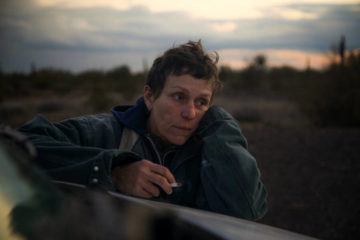 In the real world, many nomads desperately want a house. One admits
In the real world, many nomads desperately want a house. One admits  They say that in art, constraints lead to creativity. The same seems to be true of the universe. By placing limits on nature, the laws of physics squeeze out reality’s most fantastical creations. Limit light’s speed, and suddenly space can shrink, time can slow. Limit the ability to divide energy into infinitely small units, and the full weirdness of quantum mechanics blossoms. “Declaring something impossible leads to more things being possible,” writes the physicist
They say that in art, constraints lead to creativity. The same seems to be true of the universe. By placing limits on nature, the laws of physics squeeze out reality’s most fantastical creations. Limit light’s speed, and suddenly space can shrink, time can slow. Limit the ability to divide energy into infinitely small units, and the full weirdness of quantum mechanics blossoms. “Declaring something impossible leads to more things being possible,” writes the physicist  This article contains obscenities and racial slurs, fully spelled out. Ezekiel Kweku, the Opinion politics editor, and Kathleen Kingsbury, the Opinion editor, wrote about how and why we came to the decision to publish these words in
This article contains obscenities and racial slurs, fully spelled out. Ezekiel Kweku, the Opinion politics editor, and Kathleen Kingsbury, the Opinion editor, wrote about how and why we came to the decision to publish these words in 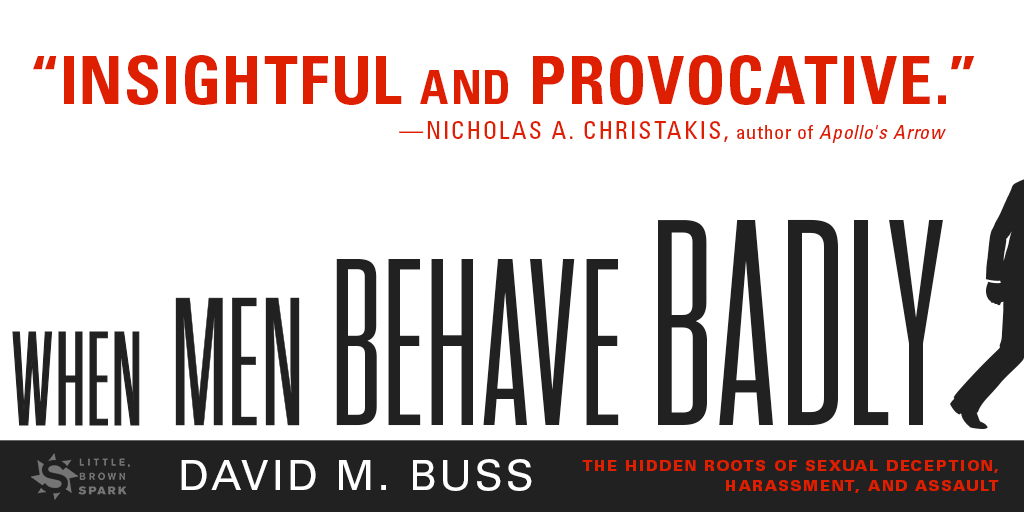 Professor David M. Buss, a leading evolutionary psychologist, states in the introduction of his fascinating new book that it “uncovers the hidden roots of sexual conflict.” Though the book focuses on male misbehavior, it also contains a broad and fascinating overview of mating psychology.
Professor David M. Buss, a leading evolutionary psychologist, states in the introduction of his fascinating new book that it “uncovers the hidden roots of sexual conflict.” Though the book focuses on male misbehavior, it also contains a broad and fascinating overview of mating psychology. THE DAY BEFORE
THE DAY BEFORE GET BIG FAST was an early Amazon motto. The slogan sounds like a fratty refrain tossed around at the gym. Jeff Bezos had it printed on T-shirts. More than twenty-five years after leaving his position as a Wall Street hedge-fund executive to found Amazon, Bezos’s size anxiety is long gone. (At least as it pertains to his company; the CEO’s Washington, DC, house has eleven bedrooms and twenty-five bathrooms, a bedroom-to-bathroom ratio that raises both architectural and scatological questions.) Bezos is now worth $180 billion. Amazon, were it a country, would have a larger GDP than Australia.
GET BIG FAST was an early Amazon motto. The slogan sounds like a fratty refrain tossed around at the gym. Jeff Bezos had it printed on T-shirts. More than twenty-five years after leaving his position as a Wall Street hedge-fund executive to found Amazon, Bezos’s size anxiety is long gone. (At least as it pertains to his company; the CEO’s Washington, DC, house has eleven bedrooms and twenty-five bathrooms, a bedroom-to-bathroom ratio that raises both architectural and scatological questions.) Bezos is now worth $180 billion. Amazon, were it a country, would have a larger GDP than Australia.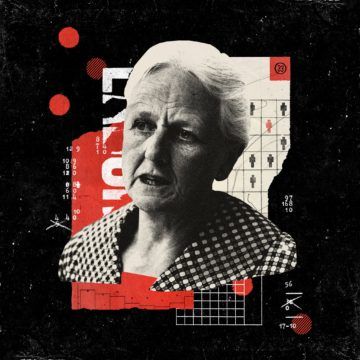 Zachary D. Carter in the New York Times:
Zachary D. Carter in the New York Times: Gregory Kaebnick in Boston Review:
Gregory Kaebnick in Boston Review: Katie Kheriji-Watts in Hyperallergic:
Katie Kheriji-Watts in Hyperallergic: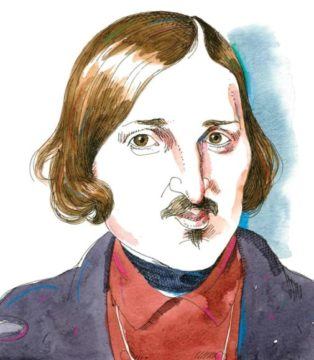 Jennifer Wilson in The Nation:
Jennifer Wilson in The Nation: